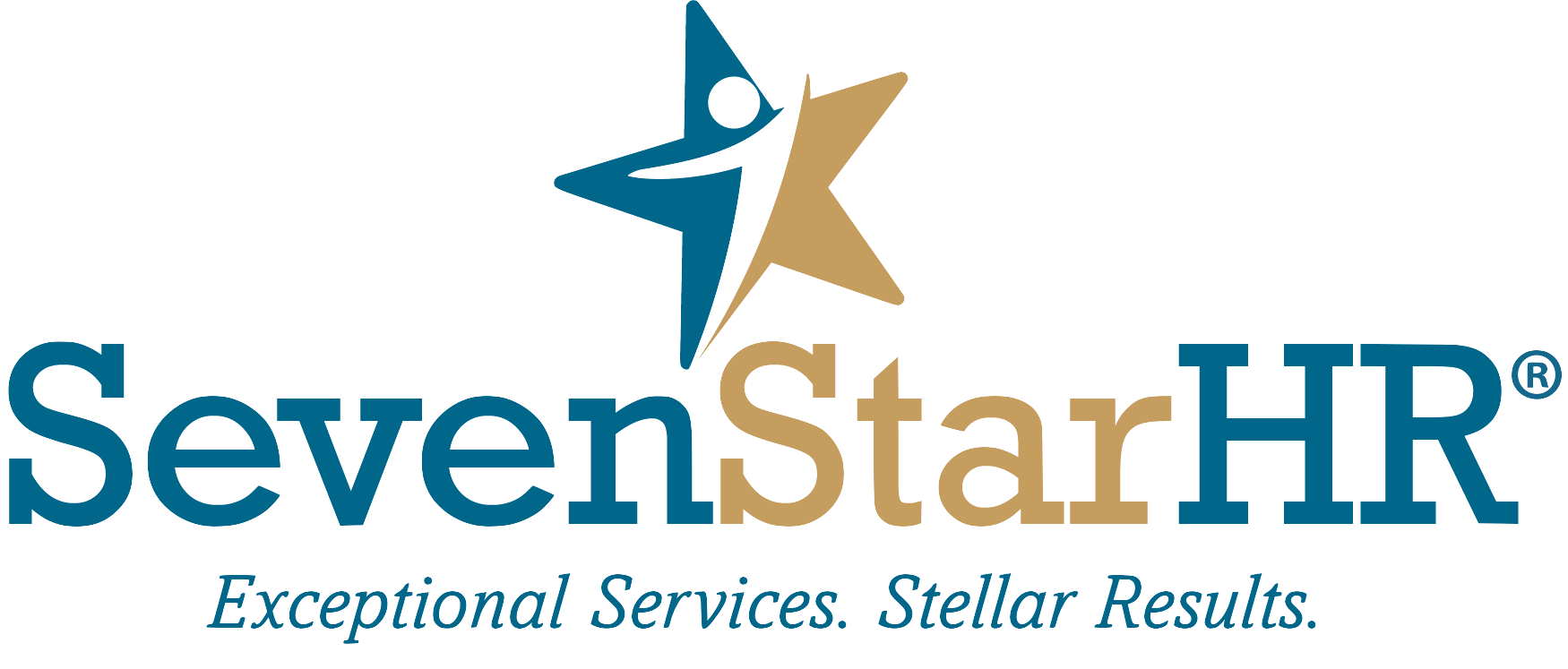SECURE Act 2.0: A Guide to Shaping Enhanced Employee Benefits
As of January 1st, the SECURE Act 2.0, a significant update to the retirement-focused legislation, came into effect as part of the 2023 omnibus spending bill. Building upon the foundation laid by the SECURE Act of 2019, this new iteration aims to enhance retirement readiness and savings options. For human resources professionals, it brings two crucial provisions to the forefront: matching contributions for student loan repayments and emergency savings accounts within retirement plans.
Understanding SECURE Act 2.0
Signed into law by President Biden in December 2022 and enacted in March 2023, SECURE Act 2.0 represents a substantial shift in federal benefits policy. The Act boasts 92 provisions, addressing issues ranging from automatic enrollment in 401(k) and 403(b) plans to increased age requirements for Required Minimum Distributions (RMDs). Notably, it provides tax benefits for employers initiating new retirement plans or incorporating automatic enrollment.
One of its primary goals is to combat the 25-40% of low-to-moderate-income workers who traditionally do not participate in retirement and health benefits due to financial constraints. By offering tangible short-term benefits, SECURE Act 2.0 aims to motivate employees to save for their future.
2024 Game-Changers
While some provisions were effective in 2023, two key components have just come into effect, demanding the attention of HR professionals.
Emergency Savings Accounts within Retirement Plans
The first game-changer allows retirement plan sponsors to introduce linked emergency savings accounts. This provision enables non-highly compensated employees, those earning up to $150,000 in 2023, to make after-tax contributions. Employees can withdraw balances monthly, and eligible participants may be automatically enrolled at up to 3% of their pay. This feature is particularly crucial for low-to-moderate-income workers grappling with unexpected expenses, providing liquidity without penalties.
Employer Match for Student Loan Repayment
The second provision allows employers to match contributions for student loan repayment within retirement accounts. Given that approximately one-fifth of U.S. adults hold student loan debt, this provision addresses the challenge of balancing current obligations with future savings. It offers employers a way to support their employees in saving for retirement while navigating current financial obligations.
How HR Can Leverage SECURE Act 2.0 Provisions
To make the most of these new provisions, HR professionals can follow these tips:
Augment Benefits: Utilize the provisions to enhance retirement plans and increase plan participation. Adding these new features can provide additional value without straining budgets.
Survey Employees: Gather data and conduct surveys to understand the unique needs and challenges of the workforce. Identifying whether a large percentage of employees have student loans or report low levels of personal and emergency savings can guide benefit decisions.
Stay Informed: Be aware of future changes, particularly the mandatory auto-enrollment and auto-escalation requirements for new 401(k) plans coming in 2025. This presents an opportunity for workers to develop a savings habit over time.
SECURE Act 2.0 brings substantial changes to retirement benefits, offering HR professionals opportunities to make a positive impact on employees' financial well-being. By leveraging these provisions strategically, companies can potentially increase benefits participation, boost employee loyalty, and create a more financially secure workplace.

